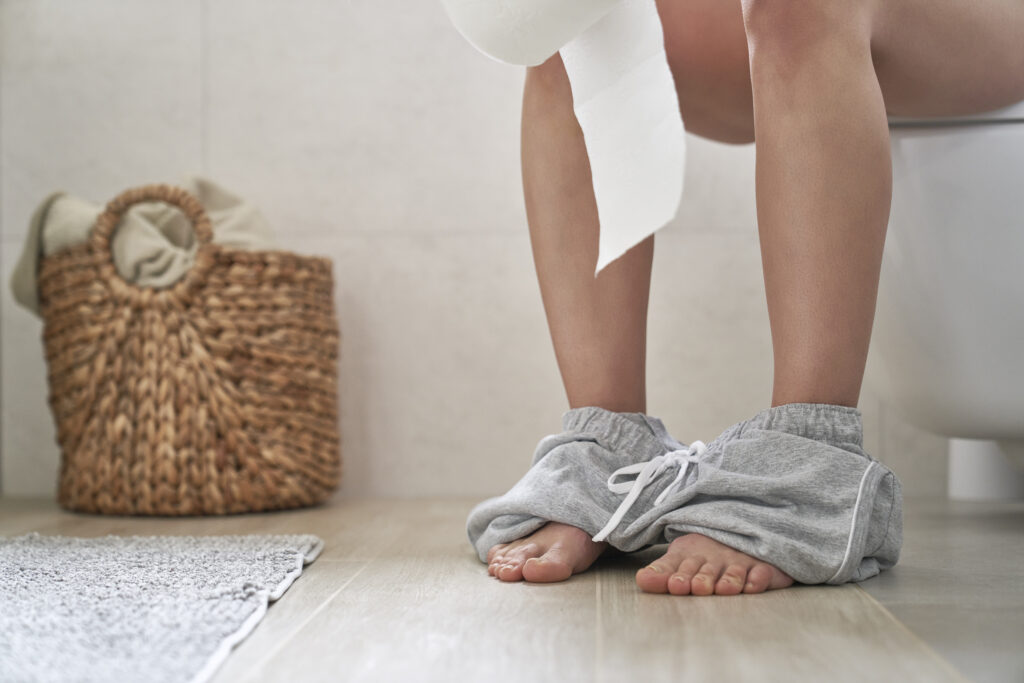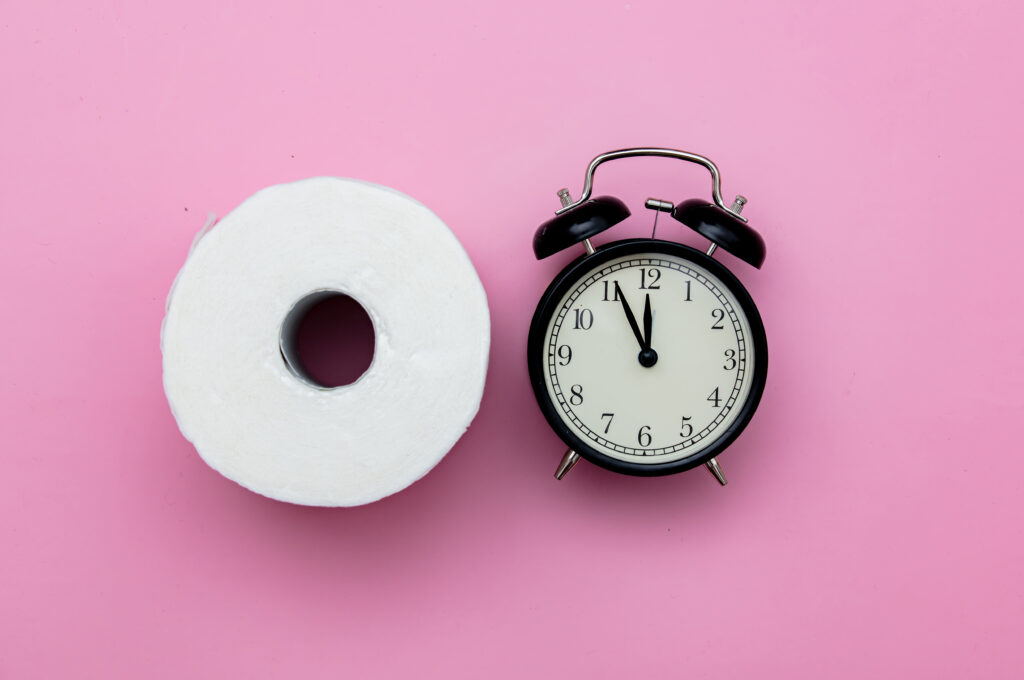It can be a frustrating and sometimes embarrassing problem to deal with when you feel like you are always on the lookout for the nearest bathroom. Good news is that Restore pelvic floor physical therapy can help!
Do you find yourself making frequent trips to the bathroom? Maybe you’re constantly interrupting your daily routine to relieve yourself, or you feel like you have a “small bladder”. Whatever the case may be, if you’re experiencing an increased need to urinate, you could be dealing with urinary frequency. Urinary frequency is a common condition that affects women of all ages.

What is Urinary Frequency?
What Causes Urinary Frequency?
Individuals with urinary frequency may experience a strong urge to urinate, even when the bladder is not full. They may also feel like they need to urinate more often than usual, including at night, which can lead to disturbed sleep patterns. In some cases, urinary frequency may also be accompanied by other symptoms such as urgency, painful urination, and incontinence.
How Can Pelvic Floor Physical Therapy Help Urinary Frequency?
Bladder retraining is a technique that can be used to help reduce urinary frequency by gradually increasing the time between bathroom breaks and retraining the bladder to hold more urine.

Tips to Help Urinary Frequency:
Keep a bladder diary.
A bladder diary is a helpful tool used in pelvic floor physical therapy to assess bladder function and develop an effective treatment plan for urinary frequency. It involves keeping track of fluid intake, urination frequency, and any leakage or accidents. By recording this information, a pelvic floor physical therapist can identify patterns and triggers that may contribute to urinary frequency, such as certain foods or drinks, stress, or medication use.
Stay hydrated.
While it may seem counterintuitive, staying hydrated is important for bladder retraining. Dehydration can irritate the bladder and cause more frequent urination. Aim to drink plenty of water throughout the day, but be mindful of your intake and avoid drinking large amounts at once.
Create a schedule.
Based on your bladder diary, create a schedule for bathroom breaks that gradually increases the time between each break. For example, if you typically go to the bathroom every hour, try increasing the time between bathroom breaks by 15-30 minutes each day until you can comfortably go 2-3 hours without the need to urinate.
Use distraction techniques.
To help distract your mind from the urge to urinate, try deep breathing, visualization, or other relaxation techniques. You can also try engaging in a different activity, such as reading a book or doing a puzzle.
Practice pelvic floor exercises.
Pelvic floor exercises can help individuals improve their pelvic floor muscle control and coordination, which can help reduce urinary frequency and other pelvic floor dysfunction symptoms. But, it’s not all just about the kegel here! Being able to relax your pelvic floor muscles is just as important.
Remember, bladder and pelvic floor retraining can take time and patience, so be gentle with yourself and celebrate small successes along the way. If you’re having difficulty with bladder retraining or are experiencing other symptoms, such as pain or leakage, consider speaking with a healthcare provider about the possible causes and treatment options. Pelvic floor physical therapy can be an effective and non-invasive way to treat urinary frequency, and it can improve your overall quality of life. Don’t suffer in silence – let’s get you scheduled at Restore Pelvic Physical Therapy today!

